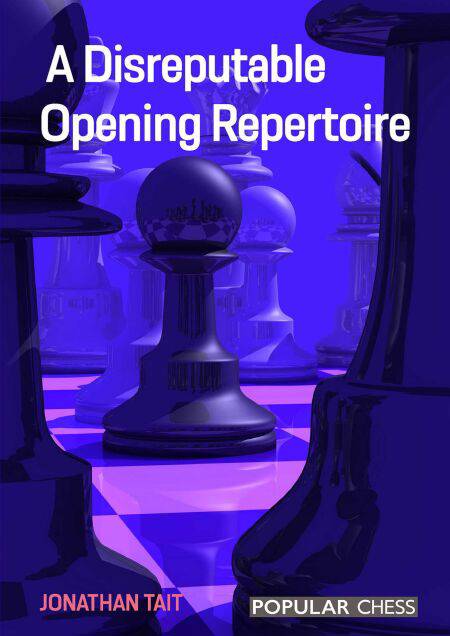
- Afhalen na 1 uur in een winkel met voorraad
- Gratis thuislevering in België vanaf € 30
- Ruim aanbod met 7 miljoen producten
- Afhalen na 1 uur in een winkel met voorraad
- Gratis thuislevering in België vanaf € 30
- Ruim aanbod met 7 miljoen producten
Zoeken
€ 25,71
+ 25 punten
Uitvoering
Omschrijving
A highly adventurous repertoire designed to meet 1 e4 with 1...e5 and take the initiative!The main problem Black faces in answering 1 e4 with 1...e5 is the plethora of opening systems available to White: the Ruy Lopez, Giuoco Piano, Scotch, Ponziani, King’s Gambit, Vienna, Bishop’s Opening and so on. Each is likely to be White’s pet line, which usually means conducting the chess battle on the opponent’s turf. One solution is to study the main lines of all these openings and hope to remember what to do if they appear on the board. Another, more enterprising approach is to turn the tables and make White fight on your territory. Adopting the latter course, CC-SIM Jonathan Tait shares their investigations into a myriad of disregarded, “disreputable” responses, which can set White thinking as early as move three. These lines are greatly under-estimated by contemporary theory and include weird and wonderful variations such as the Calabrese Counter-Gambit (1 e4 e5 2 Bc4 f5), the Wagenbach Defence to the King’s Gambit (1 e4 e5 2 f4 exf4 3 Nf3 h5), the Romanishin Three Knights (1 e4 e5 2 Nf3 Nc6 3 Nc3 Bc5), the Two Knights Ulvestad Variation (1 e4 e5 2 Nf3 Nc6 3 Bc4 Nf6 4 Ng5 d5 5 exd5 b5) and ultra-sharp lines of the Jaenisch Gambit (1 e4 e5 2 Nf3 Nc6 3 Bb5 f5).The theory of the variations in this book is generally poorly understood. This has made them successful at all forms of play, including against online computer-assisted assault.
Specificaties
Betrokkenen
- Auteur(s):
- Uitgeverij:
Inhoud
- Aantal bladzijden:
- 360
- Taal:
- Engels
Eigenschappen
- Productcode (EAN):
- 9781781946077
- Verschijningsdatum:
- 20/03/2022
- Uitvoering:
- E-book
- Beveiligd met:
- Adobe DRM
- Formaat:
- ePub

Alleen bij Standaard Boekhandel
+ 25 punten op je klantenkaart van Standaard Boekhandel
Beoordelingen
We publiceren alleen reviews die voldoen aan de voorwaarden voor reviews. Bekijk onze voorwaarden voor reviews.








